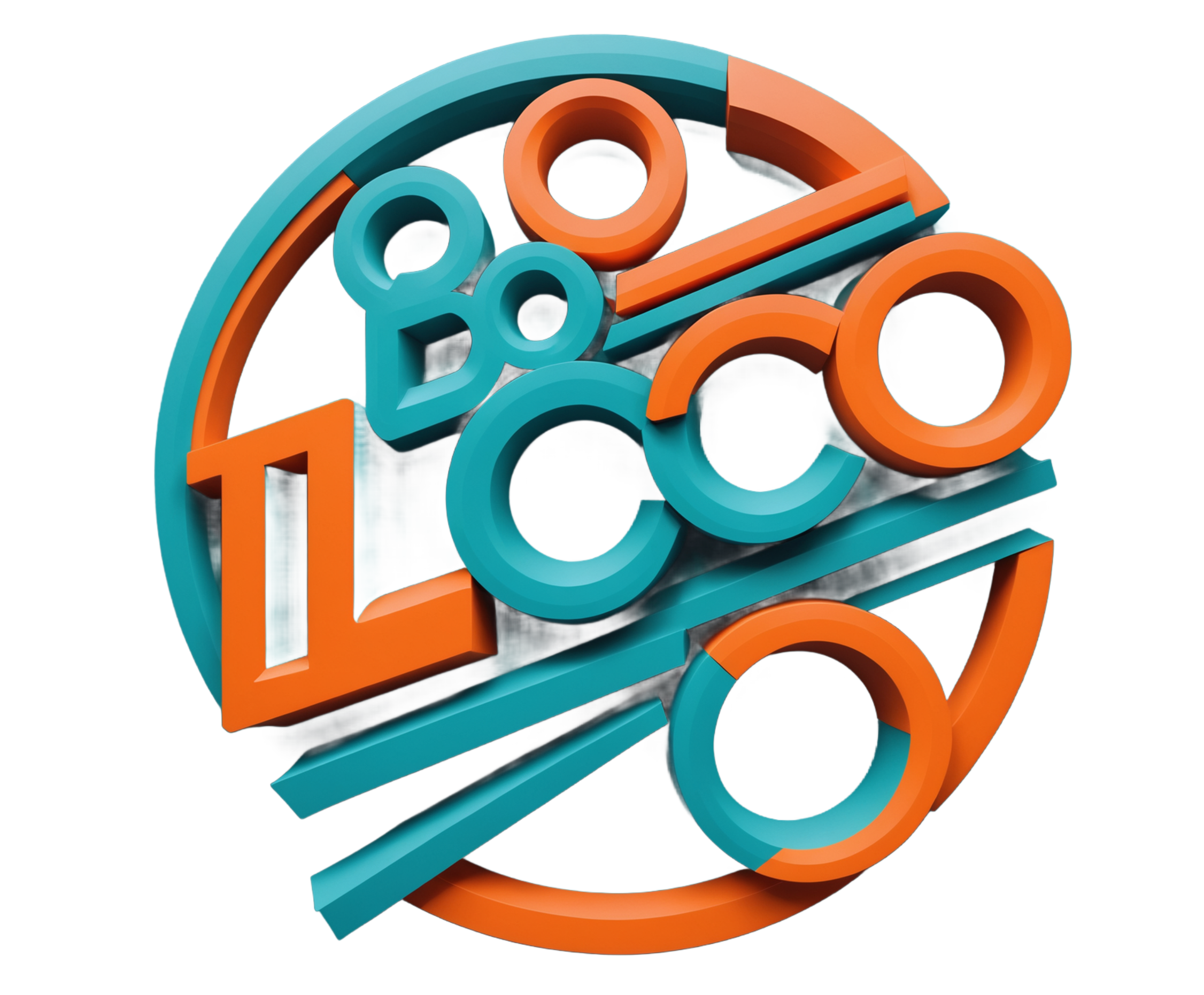In today’s fast-paced digital landscape, brands are investing heavily in media campaigns to engage audiences, build loyalty, and drive sales. However, this digital boom also brings risks that can compromise the success and integrity of advertising efforts. Ad verification has emerged as a critical safeguard, ensuring that campaigns meet their objectives while protecting brand reputation. Here’s why ad verification should be a cornerstone of every media strategy.
1. Protecting Brand Reputation by Avoiding Unfavorable Content
Nothing is more damaging to a brand than being associated with controversial, offensive, or inappropriate content. In the vast expanse of the internet, ads can unintentionally appear alongside harmful materials such as hate speech, fake news, or explicit content. This kind of placement not only tarnishes brand reputation but can also lead to public backlash and lost consumer trust.
Ad verification tools help brands proactively address this issue by monitoring placements and ensuring that ads do not appear in contexts that could harm their image. Through the use of keyword blocking, category exclusions, and context analysis, these tools act as a digital shield, keeping brands away from harmful content and ensuring that every ad placement aligns with their values.
2. Aligning Placements with Brand Values
The websites and platforms where ads appear significantly influence how consumers perceive a brand. A luxury brand showing up on low-quality or irrelevant websites can dilute its premium image. Conversely, an eco-conscious company advertising on platforms known for unsustainable practices creates a misalignment that savvy consumers notice.
Ad verification ensures alignment by analyzing the quality, relevance, and audience demographics of publishing sites. By leveraging whitelists and blacklists, brands can dictate precisely where their ads should and should not appear, reinforcing their positioning and maximizing the impact of their campaigns.
3. Ensuring Honest Partnerships Through Viewability Monitoring
Ad budgets represent a significant investment, and brands rely on media partners to deliver on promised impressions, clicks, and engagement metrics. However, issues like non-viewable impressions, bot traffic, and fraudulent clicks can erode the value of ad spend.
Ad verification tools provide transparency by measuring the viewability of ads, tracking whether they were served in visible areas of a screen and for sufficient durations to make an impact. They also help detect and mitigate ad fraud by identifying non-human traffic and suspicious patterns. This ensures that media partners remain accountable and that brands get what they pay for.
4. Navigating the Political Climate and Its Impact on Media Campaigns
In the current political climate, ad verification has taken on an even more critical role. As political discourse becomes increasingly polarized, brands must be cautious about where their messages appear. Social media platforms, in particular, have been hotspots for misinformation, political propaganda, and divisive content. Without proper ad verification, brands risk being associated with controversial topics or inadvertently funding harmful narratives.
Ad verification tools allow marketers to stay ahead by continuously monitoring the ever-evolving landscape of online content. By implementing robust safeguards, brands can ensure their ads are placed in neutral, trusted environments, avoiding the pitfalls of being linked to politically charged or inflammatory content. This is especially important as consumers grow more conscious of the ethical implications of where brands allocate their advertising dollars.
5. Importance of Ad Verification for Social Media
Social media platforms are among the most influential channels for reaching audiences, but they also present unique challenges. These platforms’ vast and dynamic nature makes it easy for ads to appear alongside user-generated content that could be inappropriate, offensive, or contrary to a brand’s values.
Ad verification on social media helps brands maintain control over their campaign’s integrity. Tools designed for social media verification can analyze user-generated content, track ad placements, and ensure compliance with brand safety standards. Additionally, these tools can monitor the performance of social media ads, verifying that impressions and engagement metrics are legitimate and not inflated by bots or fraudulent activity. This is especially important as the data from social platforms doesn’t tell the entire story, so ad verification provides that additional layer for which platforms are best to tell your brands story.
As social platforms increasingly serve as the front lines of political debates and social movements, brands must tread carefully. Ad verification ensures that campaigns remain aligned with corporate values while effectively engaging the right audiences.
6. Optimizing Campaign Performance
Ad verification doesn’t just protect; it empowers. By identifying placements with low viewability or poor audience engagement, brands can make informed decisions to optimize their campaigns. These insights allow for the reallocation of budgets to high-performing channels and formats, ultimately driving better ROI.
THE LOCO TAKE: EVERY CAMPAIGN MUST HAVE AD VERIFICATION
Ad verification is no longer optional in the complex digital ecosystem. By ensuring ads are placed in suitable environments, keeping partners accountable, and optimizing campaign performance, it acts as both a protector and an enabler of success. For brands aiming to maintain trust, achieve measurable impact, and lead in their industries, investing in ad verification is a strategic imperative.
In an era defined by political and social sensitivity, the stakes are higher than ever. Ad verification gives brands the confidence to navigate these complexities, ensuring that every dollar spent supports their mission, resonates with their audience, and safeguards their reputation. With the right tools and processes, brands can thrive in the digital landscape without compromising their values or goals.


